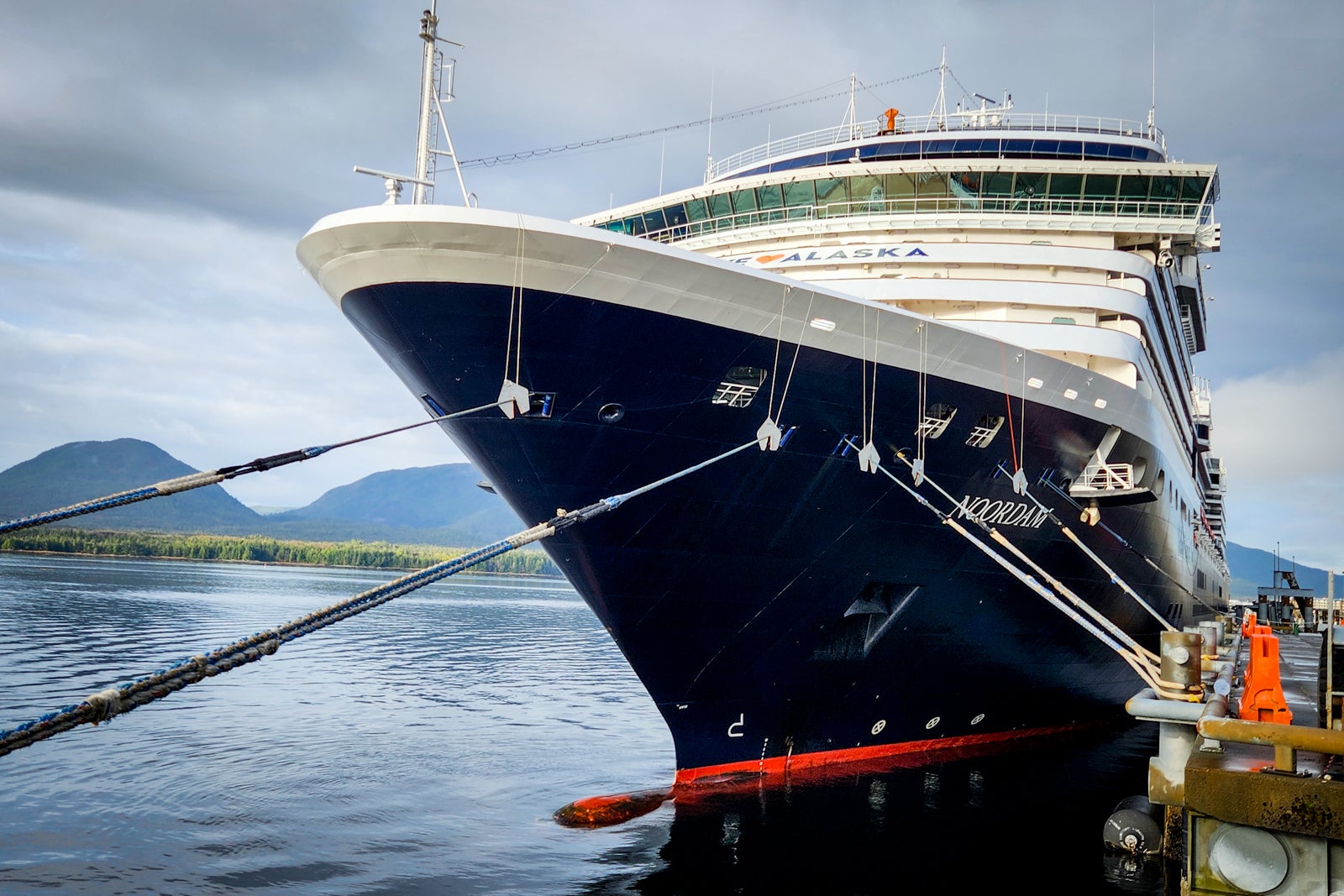“Is this really necessary?” The question slipped out as the tour guide handed me a full-body, insulated suit. Around me, a dozen or so fellow cruise passengers – mostly nearing retirement – prepared for a 90-minute boat ride along the coast of British Columbia’s Great Bear Rainforest. The suit, resembling something from a space mission, felt like an extreme precaution.
Our guide explained the chilling reality: we were entering the deep, frigid waters of the North Pacific, navigating between remote, uninhabited islands like Devastation Island. A fall into those waters wouldn’t be a simple dunking; the suit offered a precious fifteen minutes of survival time – a desperate hope for rescue in a truly unforgiving environment.
Stepping off the gangplank felt like crossing into another world. Just a hundred yards behind us, the cruise ship represented comfort and ease. Here, the nearest airport required a ferry journey, Indigenous communities thrived off the land and sea, and families relied on the bounty of crab traps – if they weren’t raided by local thieves first.
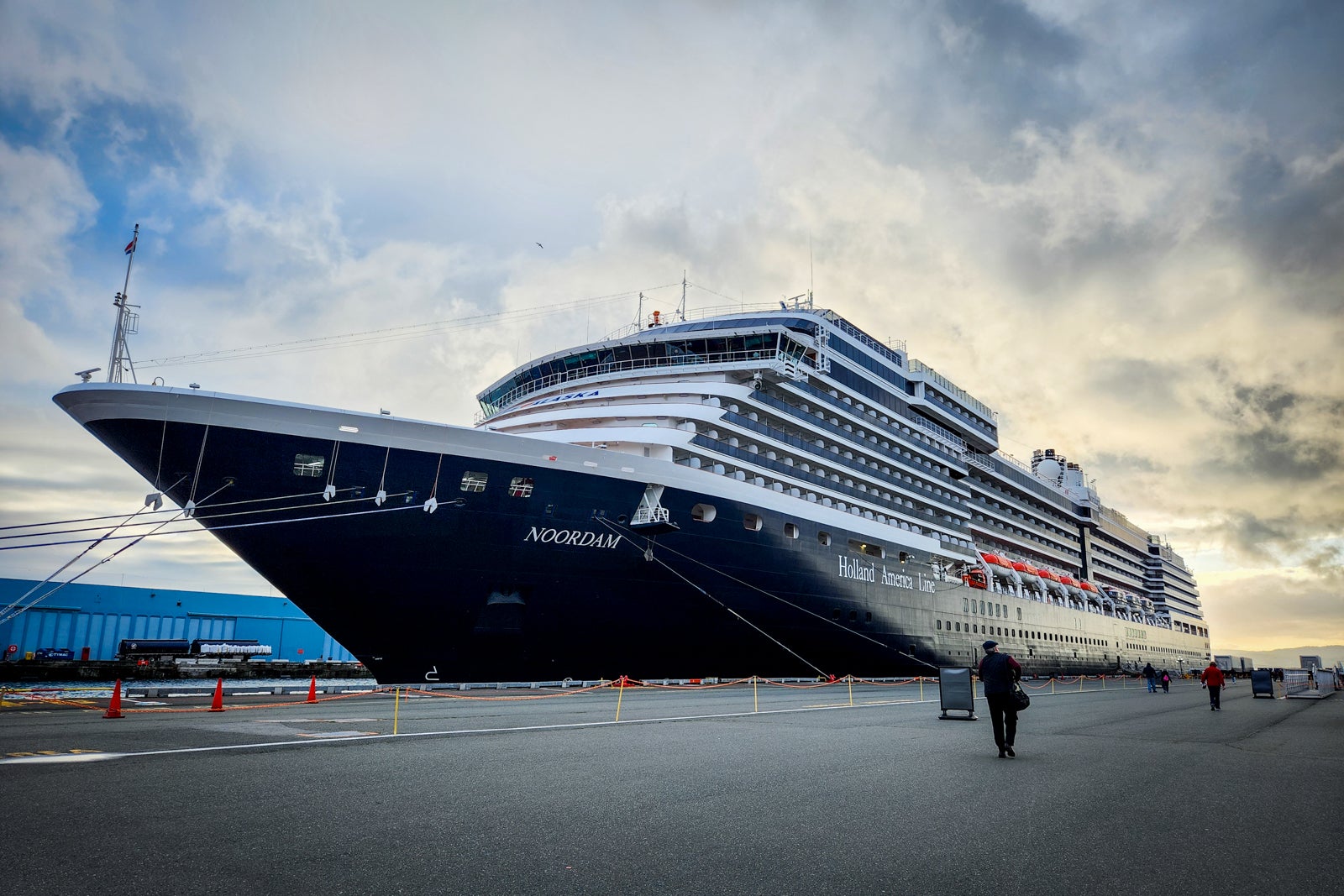
This was Prince Rupert Island, an uncommon cruise destination offering a glimpse into a wilder, more authentic side of the Pacific Northwest. It was part of Holland America’s “7-Day Great Bear Rainforest” itinerary, a deliberate departure from the typical Alaskan cruise route, promising scenery and ports few travelers ever experience.
The journey echoed the gold rush era of the 1800s, when the Inside Passage – a network of channels weaving between islands – was the only safe passage to Alaska by sea. Modern ships can brave the open ocean, often bypassing this scenic route for speed. This itinerary, however, intentionally embraced the slower, more captivating path.
We weren’t simply heading *to* Alaska; we were immersing ourselves in a landscape steeped in history and natural wonder. The route allowed access to destinations untouched by roads, and a chance to explore the Great Bear Rainforest, home to the elusive spirit bear – a rare white or yellow variation of the black bear, deeply woven into the folklore of First Nations peoples.
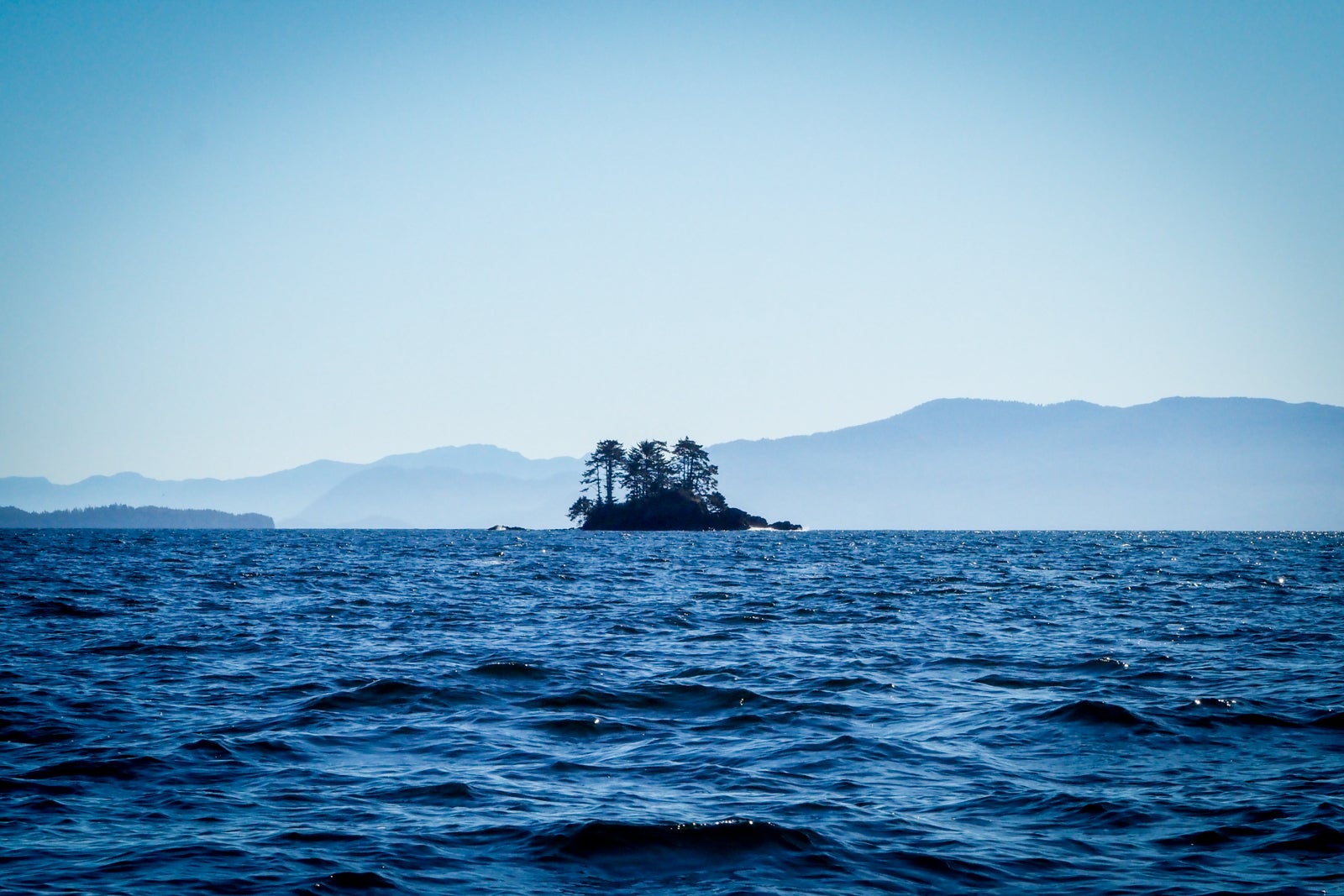
I’ll admit, I’m more comfortable on land. A history of seasickness and a single previous cruise to the Bahamas hadn’t prepared me for this. Fortunately, the sheltered waters of the Inside Passage promised a smoother ride – a perfect opportunity to experience Alaska and British Columbia for the first time.
The highlights began with the port stops. Ketchikan, Alaska, a common cruise destination, offered a taste of Alaska, with its famous totems and charming Creek Street. But it felt designed for tourists, a curated experience lacking the raw authenticity I craved.
Prince Rupert, British Columbia, was a revelation. Beyond a few shops and a coastal trail, it served as a gateway to the vast wilderness. Donning my “spacesuit,” I embarked on a Zodiac excursion, navigating the rainforest’s coastline. We didn’t spot a spirit bear, but bald eagles soared overhead, and harbor porpoises danced in the waves.
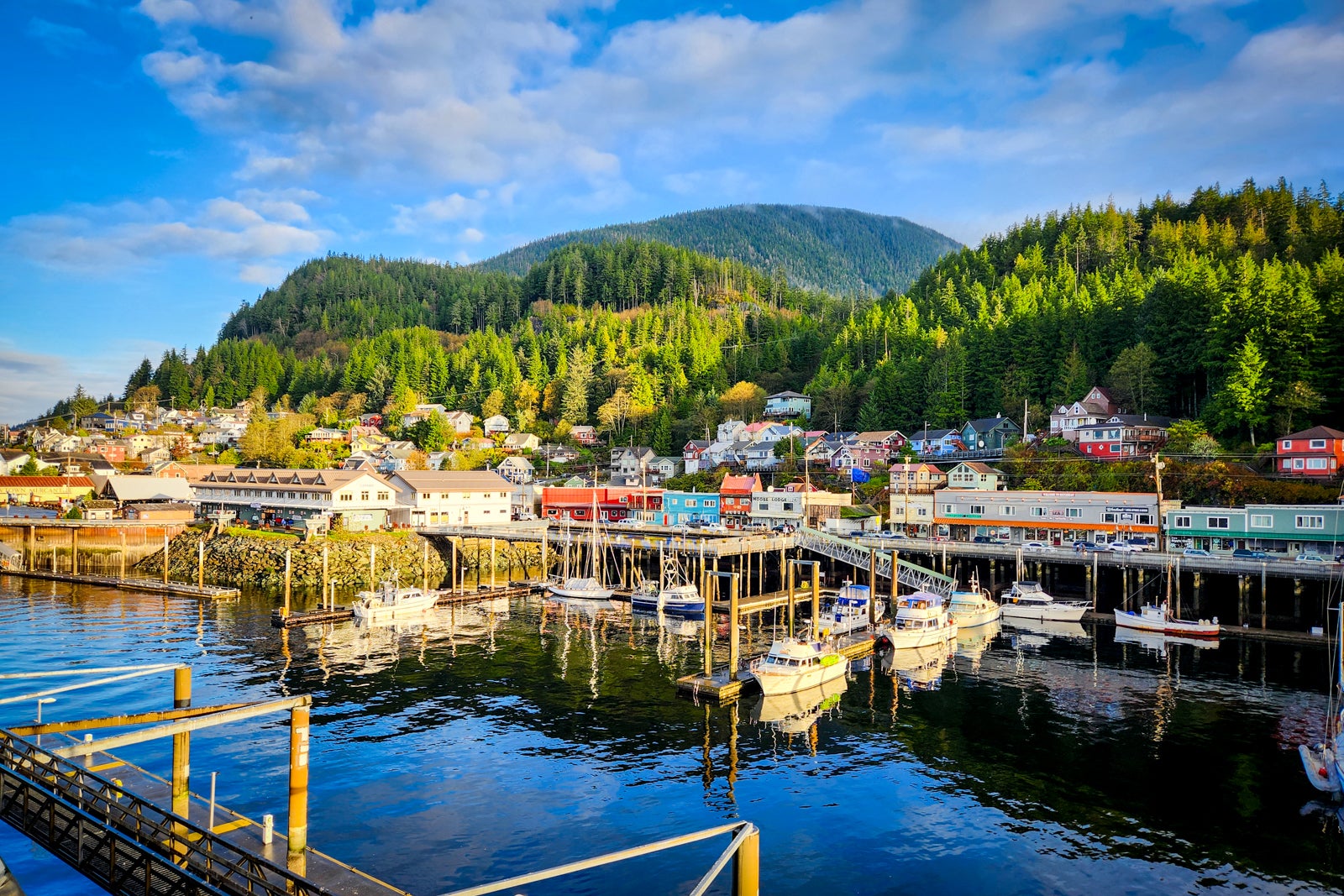
The rhythm of life here was different. We passed Canada’s third-busiest seaport, and a tiny airport connecting residents to the mainland. We learned about Indigenous communities living off the land for generations, and even examined Dungeness and red rock crabs pulled fresh from underwater traps, destined for someone’s dinner.
Nanaimo, on Vancouver Island, was a city still finding its footing as a cruise destination. A cranberry farm tour, overwhelmed by cruise passengers, led to delays, but the city itself offered a charming blend of vintage boutiques, bookstores, and, of course, the famous Nanaimo bar – a local layered treat.
Our final stop, Victoria, on Vancouver Island’s southern tip, was a highlight. A nature walk and a thrilling slide down a 12-story skywalk were followed by exploration of the city’s museums, shops, and surprisingly numerous Irish pubs. Victoria, often a brief stop for cruises, deserved a full day – and I wouldn’t have minded more.

Beyond the ports, the scenery was breathtaking. Cruising through the Inside Passage, past the Grenville Channel and Johnstone Strait, felt like entering a postcard. Whale sightings became a communal event, passengers excitedly pointing out spouts from the ship’s deck and the Crow’s Nest lounge.
Shore excursions offered deeper immersion. A rainforest walk on Rainforest Island, led by a barefoot guide, revealed ancient trees and hidden ecosystems. Kayak tours, e-bike adventures, and fishing trips beckoned for those seeking more active exploration.
Holland America went beyond sightseeing, offering educational programs that enriched the experience. Port talks, guest lectures, and onboard wildlife guides provided context and insight into the region’s history, culture, and wildlife. A performance by a local Nisgaa First Nations dance group offered a powerful connection to the area’s Indigenous heritage.
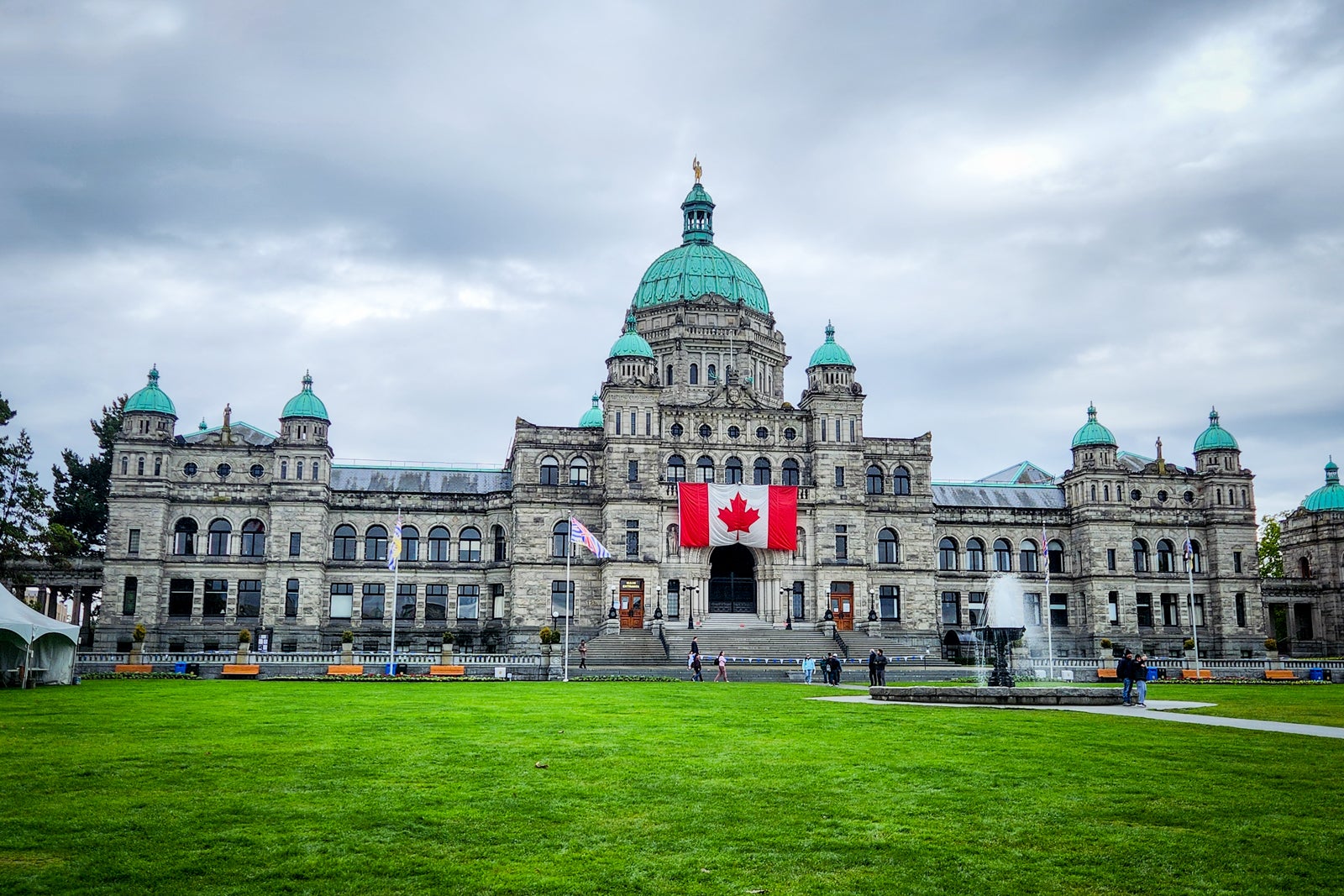
This wasn’t a cruise for those seeking a wild party. It was a journey for those who craved connection – to nature, to history, and to a different way of life. It was a chance to slow down, to learn, and to appreciate the raw beauty of the Great Bear Rainforest.
I returned to Seattle with more than just souvenirs. I carried a sense of wonder, a newfound respect for the power of the natural world, and a longing to return and explore more of this remarkable region. This landlubber had found her sea legs, and discovered a corner of the world that had truly captured her heart.
